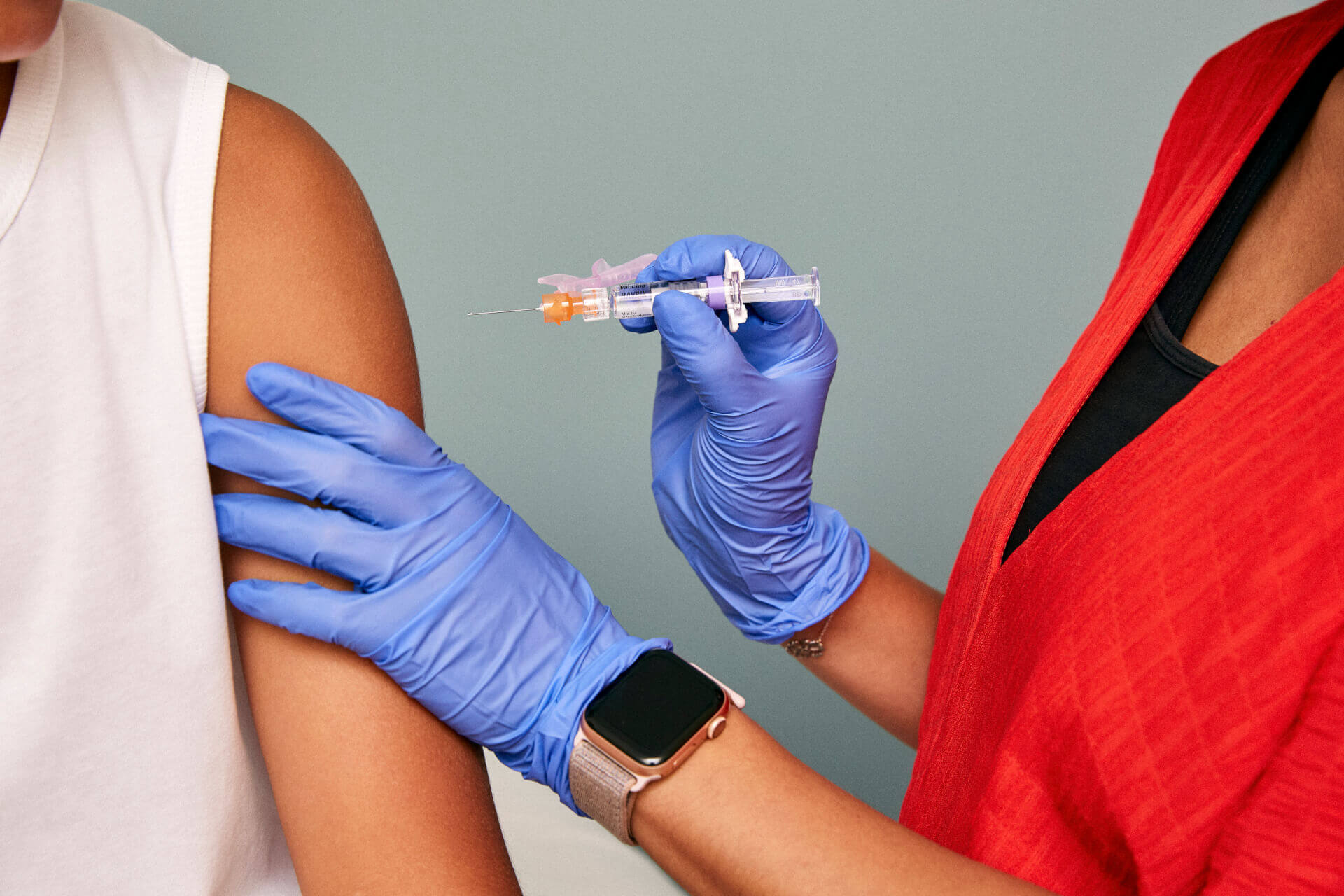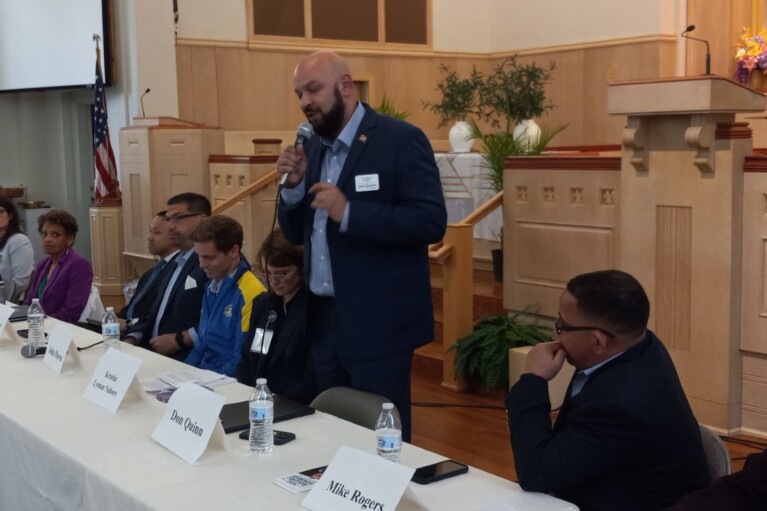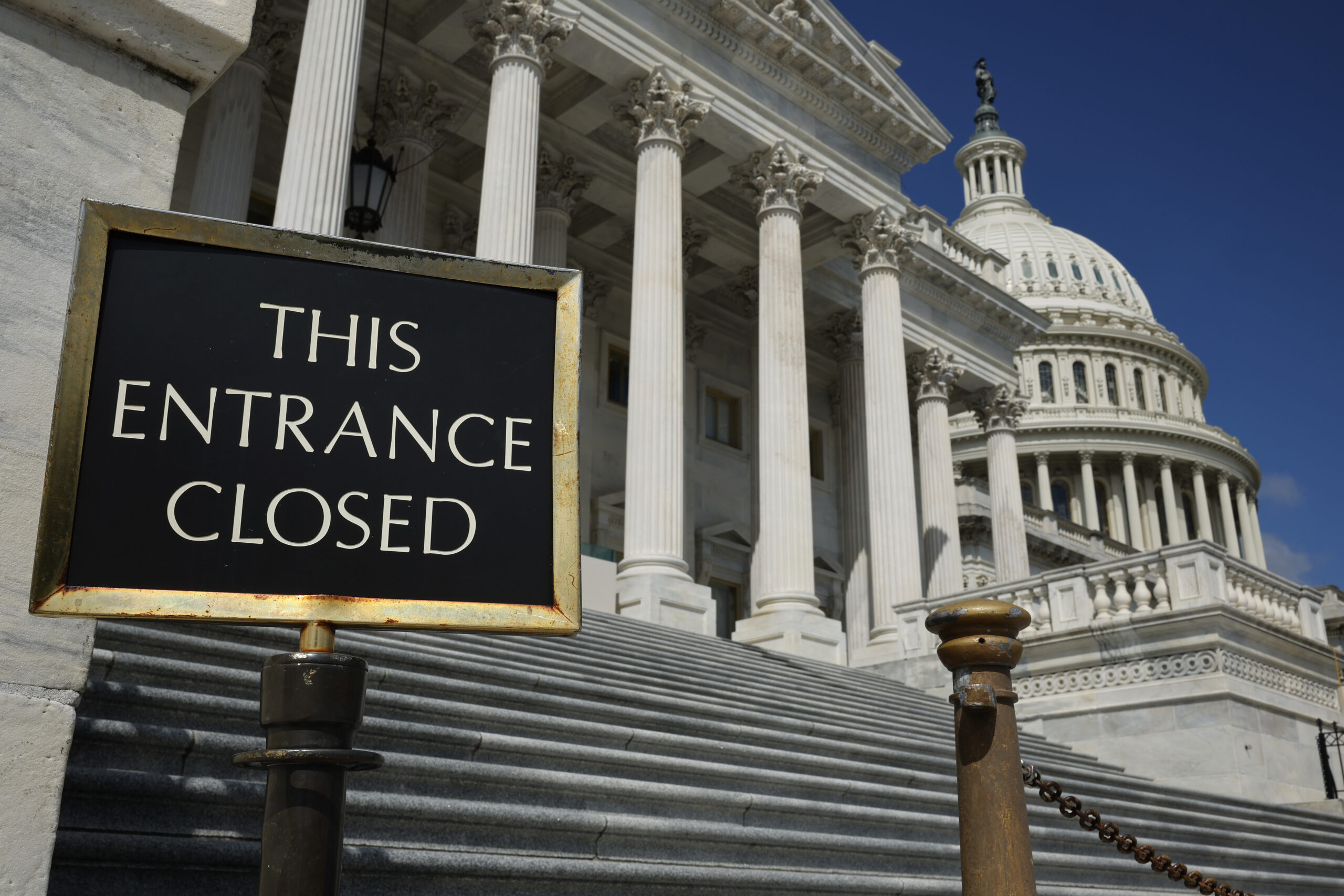Lawmakers Ask for More Clarity in State Vaccine Plan

Lawmakers pushed state Department of Health officials Wednesday for more clarity on how COVID-19 vaccines would be rolled out, after recent complaints of slow action and as the state’s COVID-19 positivity rate continues to hover at 8-9%.
Currently, Maryland receives 72,000 vaccines a week from the federal government, of which Maryland distributes around 12,000 doses a day, Webster Ye, the assistant secretary for health policy, told the Joint COVID-19 Legislative Response Workgroup Wednesday.
State health officials expect to receive around 10,000 doses a day from the federal government in the future. That means that 30% of the population, or 1.8 million doses, would be vaccinated by the end of May. 550,000 doses have already been delivered to providers in Maryland, health officials said.
The state reported a positivity rate of 8.53% on Wednesday, well breaching the 5% threshold recommended by the World Health Organization. Meanwhile, there were 7,481 hospitalizations as of Wednesday, which is right below the 8,000 trigger point that would prompt hospitals to implement their surge plans.
“We saw a large degree of restrictions and public health measures undertaken back in the spring when we saw hospitalizations at this similar level,” said Sen. Clarence K. Lam (D-Howard). “We’re not seeing that level of public health measures being implemented now.”
Without more restrictions, Lam said he fears that the state would go past the hospitalization capacity’s trigger point.
Last week, Gov. Lawrence J. Hogan Jr. (R) dispatched the National Guard to support local health departments in carrying out vaccination shots. Emergency support teams have around 14 guard members, some of whom have been trained to administer vaccines, said Dr. Jinlene Chan, the acting deputy secretary for MDH.
But some lawmakers questioned whether that will be enough assistance once the state begins to receive more vaccines from the federal government.
“We’re hoping that we will get…more than the 70,000 [doses] a week, at which point providers and many of our health systems are already strained,” Lam said. “You can pull Medical Reserve Corps folks, but a lot of them are also the same people that are in the health systems themselves. You’d be robbing Peter to pay Paul out of the Medical Reserve Corps to some extent.”
There will be need to be increased access points for vaccinations once the state moves further in its vaccination timeline, Chan said.
Enforced by an executive order, all providers must report their vaccination data to an online public dashboard within 24 hours, Chan said. Any providers that do not use at least 75% of their first allotment of vaccines may receive fewer distributions in the future.
Since December, Maryland has been in phase 1 of its vaccination roll-out plan, which prioritizes frontline hospital staff and health care workers, nursing home residents, law enforcement, health care providers, correctional facility guards and front line judiciary staff.
By late January or early February, the state will move to the next priority group, which consists of those in assisted living homes, K-12 school teachers, child care center workers and adults 75 years and older.
By early March, adults 65 years and older, postal service, public transit and grocery store employees will be permitted to get a vaccine.
Finally in what MDH calls “phase 2,” vaccinations will be given to adults 16 through 64 years old, incarcerated adults and essential workers in utilities and transportation.
The state will not wait to give vaccines to all members of one priority group before moving on to the next group, Chan clarified.
But given that the life expectancy for a Black person is shorter than that of a white person and other disproportionate effects of COVID-19, Del. Joseline A. Peña-Melnyk (D-Prince George’s) urged MDH officials to adjust the vaccination timeline to mitigate racial inequities as much as possible.
The CDC’s Advisory Committee on Immunization Practices recommends that “vaccine allocation strategies should aim to both reduce existing disparities and to not create new disparities.”
MDH is looking at how it might alter its vaccination plans given those recent CDC guidelines, Chan said.




 Creative Commons Attribution
Creative Commons Attribution